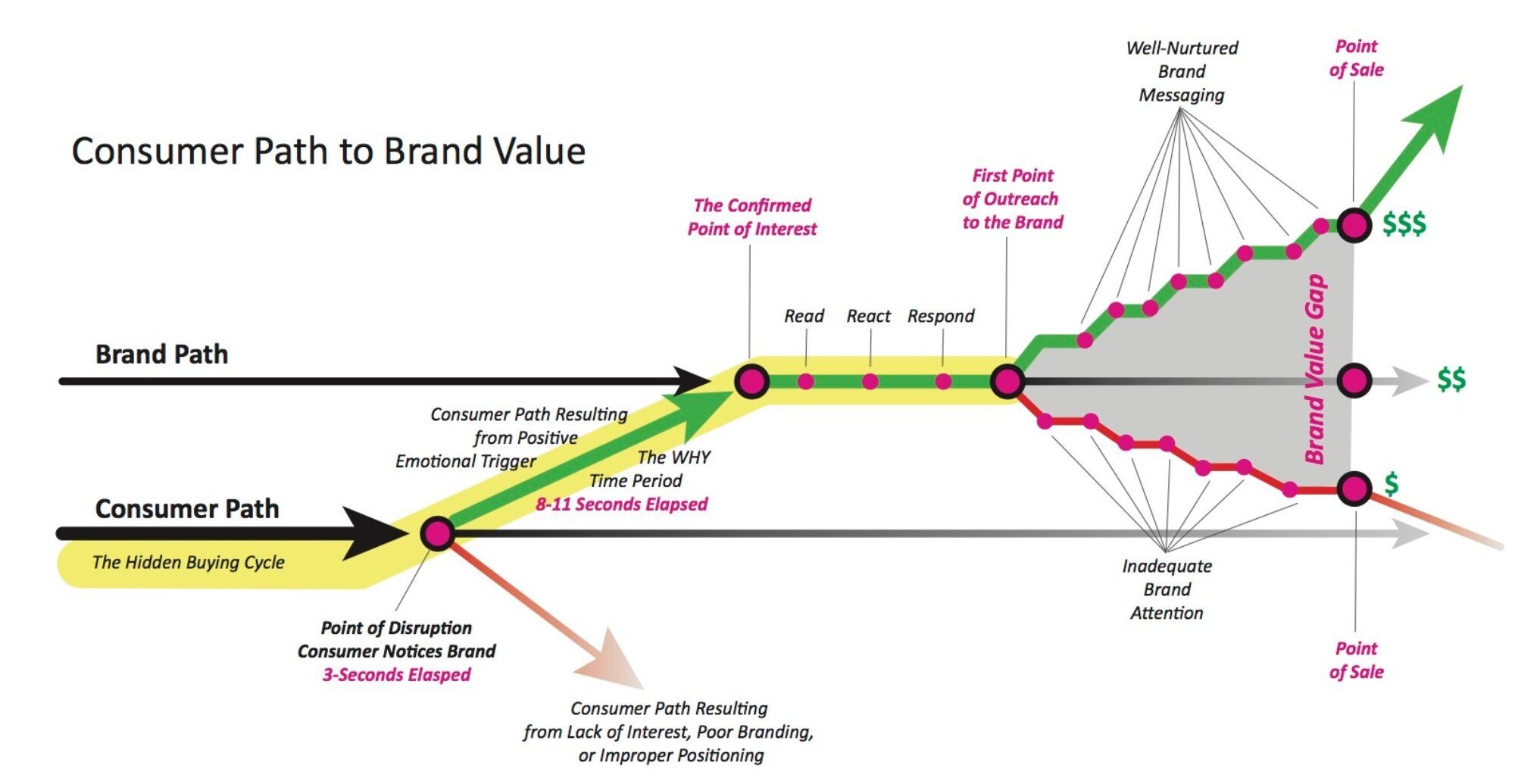
Understanding The Hidden Buying Cycle: A Customer-Centric Approach to Sales and Marketing
When it comes to sales and marketing, the customer journey has become more complicated than ever. Customers interact with brands across countless devices, channels, and touch points, oftentimes in a hidden buying cycle, making it vital for businesses to adopt an all-encompassing customer-centric approach in order to succeed.
The Complexity of the Modern Customer Journey
The traditional linear customer journey is a thing of the past. Today, customers are engaging with brands in a myriad of ways, often in a nonlinear and unpredictable manner. They might start their journey on a social media platform, continue it via a search engine, and then complete it on a mobile app or in-store visit.
Each of these touchpoints presents an opportunity for positive engagement with the customer, but also a challenge in being present and maintaining a cohesive and seamless experience in all these scenarios. Not to mention, you’re most likely unaware of the exact journey each prospect is taking.
Understanding the Hidden Buying Cycle
The hidden buying cycle refers to the stages of the customer journey that occur beyond a brand’s knowledge or control. Think about when a prospect first begins their research or becomes aware of your brand but has yet to make contact. You’re not there with them to be able to explain things or guide their journey.
Customers conduct their own research, read reviews, compare products, and seek recommendations long before they make direct contact with a business. This invisible phase, and how your brand performs in it, significantly influences their final purchase decision. At any point, a less than stellar experience can form their opinion of your brand and risk losing their business for life.
Why a Customer-Centric Approach is Essential
To effectively navigate this complex landscape, it’s critical to adopt a customer-centric approach. This means putting the customer at the heart of all sales and marketing efforts, understanding their needs, behaviors, and preferences, and crafting personalized experiences that resonate at every touchpoint.
For example, your customers might interact with your brand through social media, email outreach, your website, reviews, customer service calls, and in-store experiences. Ensuring a seamless and engaging experience across these diverse touchpoints is crucial, yet many brands still struggle to achieve this consistency.

Strategies for Navigating the Hidden Buying Cycle
Create Consistent and Personalized Experiences
- Omnichannel Presence: Ensure your brand maintains a consistent presence across all channels and devices. This includes social media, email, your website, and physical stores. For instance, if a customer sees an ad on Facebook, they should find the same promotional message when they visit your website or receive a follow-up email.
- Personalized Content: Develop personalized content and messaging that speaks directly to the individual needs and interests of your customers. This could include targeted email offers based on past purchases, product recommendations on your website, or customized promotions based on browsing behavior.
Engage Through Content Marketing
- Educational Content: Provide valuable, educational content that helps customers make informed decisions. Examples include blog posts, how-to videos, and eBooks that address common questions or challenges your customers face. For instance, a blog post on "How to Choose the Right Product for Your Needs" can guide customers through their decision-making process.
- SEO and Inbound Marketing: Optimize your content for search engines to attract customers who are researching solutions to their problems. This could involve using relevant keywords in your blog posts, creating SEO-friendly product pages, and ensuring that customer reviews are visible and easily accessible. This can capture their interest early in the buying journey.
Leverage Data and Analytics
- Customer Insights: Use data analytics to gain a deep understanding of your customers’ behaviors and preferences. This might include analyzing customer purchase history, tracking engagement metrics on your website, and segmenting your audience based on demographic or behavioral data.
- Predictive Analytics: Implement predictive analytics to identify patterns and predict future customer behaviors. This could involve analyzing trends to forecast future product demand or using data to anticipate customer needs and personalize marketing efforts accordingly. These strategies will help you to engage with customers more effectively within the hidden buying cycle.
Monitor and Adapt to Customer Feedback
- Continuous Feedback Loop: Establish mechanisms for collecting and analyzing customer feedback regularly. Examples include surveys, feedback forms, and monitoring social media mentions. Use this feedback to refine your strategies and improve the customer experience continuously throughout their journey.
- Agile Adaptation: Be agile in adapting your sales and marketing approaches based on customer insights and changing market conditions. This might involve tweaking your marketing campaigns, updating your website based on user feedback, or adjusting your product offerings based on emerging trends.
How to Win in The Hidden Buying Cycle
In a world where the customer journey is increasingly complex and fragmented, understanding and navigating the hidden buying cycle is crucial for long-term success. It’s not just about mapping out the journey; it’s also about ensuring your brand is present and engaging effectively at every stage.
Wherever a prospect is in their journey, ask yourself: Is your brand visible and accessible?
Consider how your brand appears across all relevant channels and touchpoints—whether through social media, search engines, or in-store interactions.
More importantly, evaluate the quality of the customer experience at each point.
Is your brand providing real value through useful content, responsive customer service, and solving the customer’s needs? Or are there gaps that might leave prospects feeling disappointed or frustrated?
Your goal is to create a positive, engaging experience at every touchpoint, ensuring customers are not only satisfied but are excited to deepen their engagement with your brand. At Ignite XDS, we are dedicated to helping you bridge the gap between brand promise and customer satisfaction, ensuring your business thrives in today’s competitive landscape.
Interested or need help getting started? Contact our team today!


